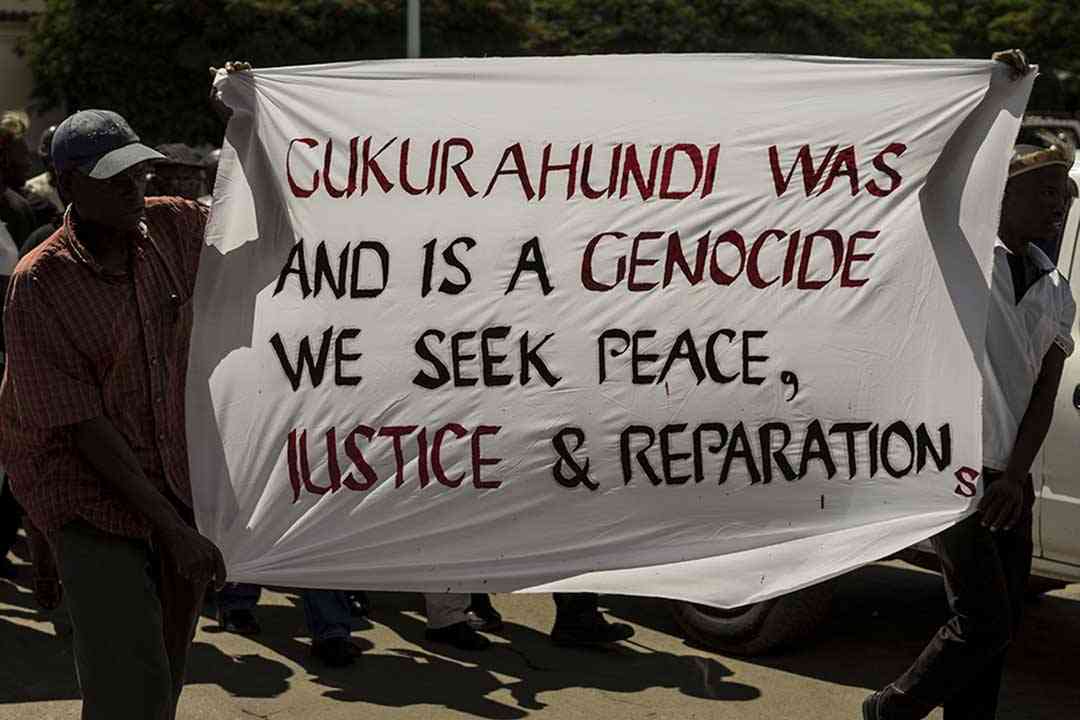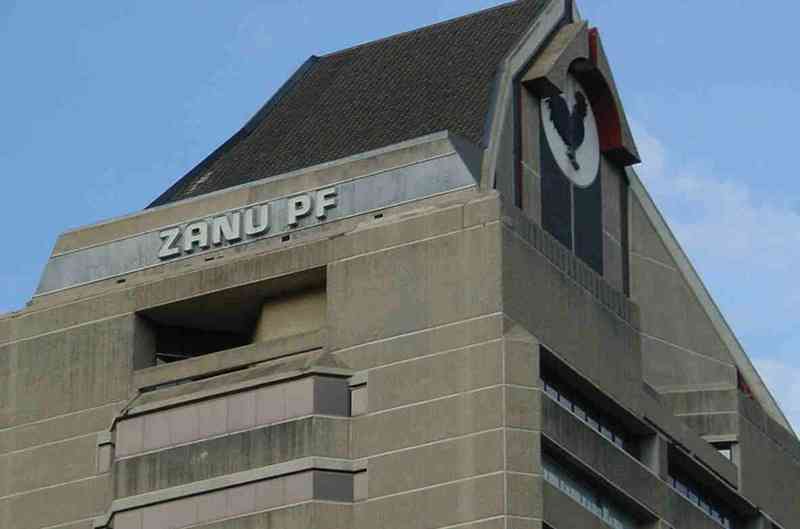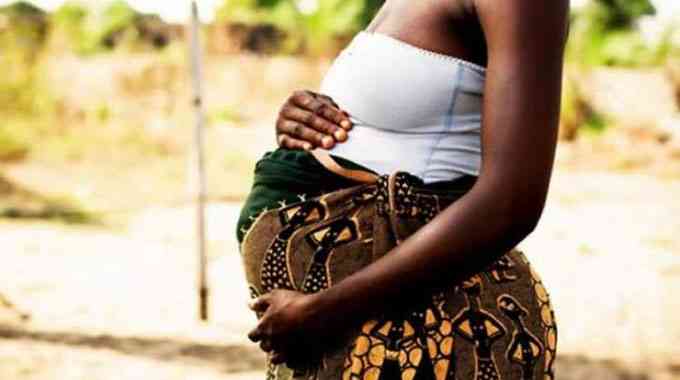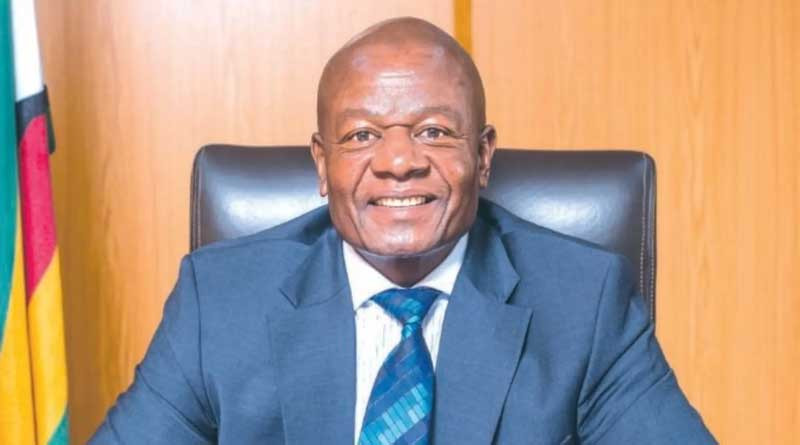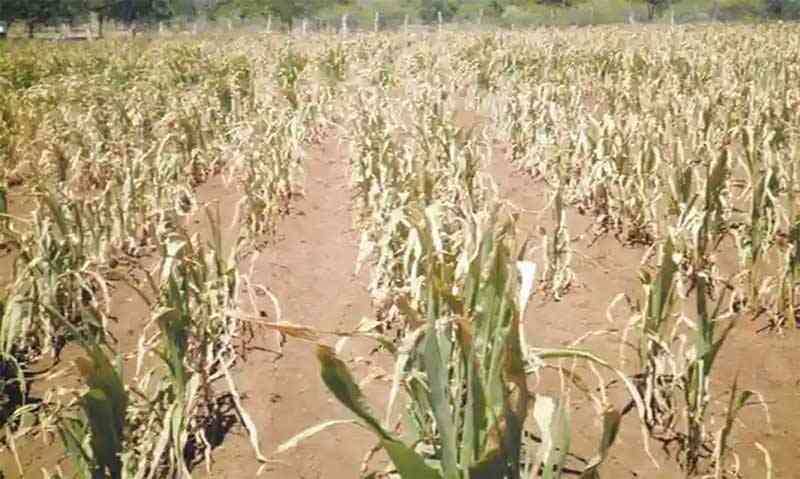
ZIMBABWE is expected to declare the drought which is ravaging the country a state of disaster in a bid to marshal resources and avert possible starvation, NewsDay can reveal.
President Emmerson Mnangagwa was yesterday afternoon expected to make a State of Drought Disaster statement which was later postponed.
The announcement is scheduled for this morning.
Government sources yesterday revealed that the statement was postponed because of a marathon Cabinet meeting yesterday.
The El Nino-induced drought has affected the region with countries putting in place measures such as bans on maize exports.
Zambia and Malawi recently declared the drought as national disasters with President Hakainde Hichilema saying the country’s agricultural sector has been devastated leaving more than one million families requiring food aid.
Hichilema said the drought had already affected 84 of the country’s 116 districts. Malawi declared a state of disaster over drought in 23 of its 28 districts.
Malawian President Lazarus Chakwera also revealed that the country needed more than US$200 million in humanitarian assistance.
- Mr President, you missed the opportunity to be the veritable voice of conscience
- ED to commission new-look border post
- Zanu PF ready for congress
- EU slams Zim over delayed reforms
Keep Reading
In Zimbabwe, a greater part of the country’s crops were decimated by the dry conditions with experts urging the government to declare a state of disaster and approach aid agencies.
According to FewsNet, the USAid’s food security arm, the 2024 harvest is expected to be poor and will impact household food access throughout the post-harvest period.
It said the situation would be worsened by high food prices and limited access to income-earning opportunities leading to crisis levels in typical deficit-producing areas in the south, east, west, and extreme north.
“A historically dry February has resulted in severe water stress for crops across most parts of the country. In typical northern surplus-producing areas, Stressed (IPC Phase 2) outcomes are likely to be present through much of the projection period as households will likely be able to meet their minimum food needs from a below-average 2024 harvest and market purchases, but high prices and lower than normal purchasing power will limit their access to non-food needs, FewsNet said in its Food Security Outlook report for February to September this year.
“Similarly, most urban areas are expected to be Stressed (IPC Phase 2) as poor households are likely to be able to meet only their basic food needs, but high prices and limited income-earning opportunities will limit household access to non-food needs,” the report said.
It further indicates that grain market supplies are expected to be below normal across the country throughout the outlook period.
FewsNet further indicated that South Africa will likely continue to be the main source of maize imports.
The drought conditions are also expected to affect water and pasture conditions remaining poor in typically low-rainfall areas following cumulatively below-average rainfall that has limited pasture regeneration through the rainy season.
“An increase in human-wildlife conflicts is expected in some areas bordering parks and forests as wild animals seek water and food among communities,” the report said.
The drought is also predicted to affect the exchange rates in Zimbabwe with FewsNet saying they would remain high and continue to increase keeping Zimdollar prices well above normal.
The agency said price rises were also likely in US dollars as the high production and transportation costs are passed on to the consumer.
“An increase in the cost of living in ZWL$ and US$ will increase the proportion of households unable to afford basic food needs despite food commodities being generally available on the market.
“Poor households are likely to increasingly engage in consumption and livelihood-based coping strategies to meet their food needs,” FewsNet said.
The government last week set the purchasing price for excess grains for the 2022/23 agricultural season at US$390 per tonne while launching a grain mop-up initiative in a bid to bolster grain reserves which the Grain Marketing Board said would be depleted next month, despite government’s claims of plenty.
The United Nations World Food Programme (WFP) late last year said most southern African countries were on the brink of a hunger crisis because of the impact of the ongoing El Niño weather phenomenon.
WFP said there were already nearly 50 million people in the southern and parts of central Africa facing food insecurity even before one of the driest spells in decades hit.
Zimbabwe and other southern African countries experienced the driest February in 40 years while Malawi, Mozambique and parts of Angola had “severe rainfall deficits”, according to WFP.
El Niño is a natural, recurring weather phenomenon that affects weather worldwide, including causing below-average rainfall in southern Africa.


